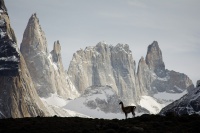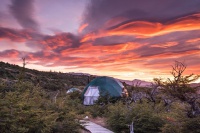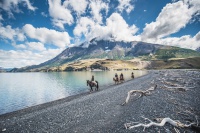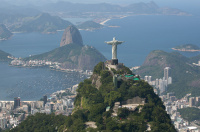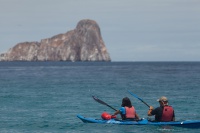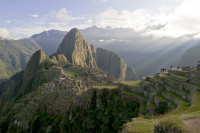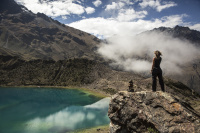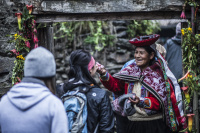-
Travel to Peru: How Machu Picchu gained its significance
Over the years Machu Picchu has gained so much popularity that the destination has become a synonym for Peru. Let’s understand how this Lost City of the Incas gained significance and what holds beneath its astounding architecture and breathtaking views!
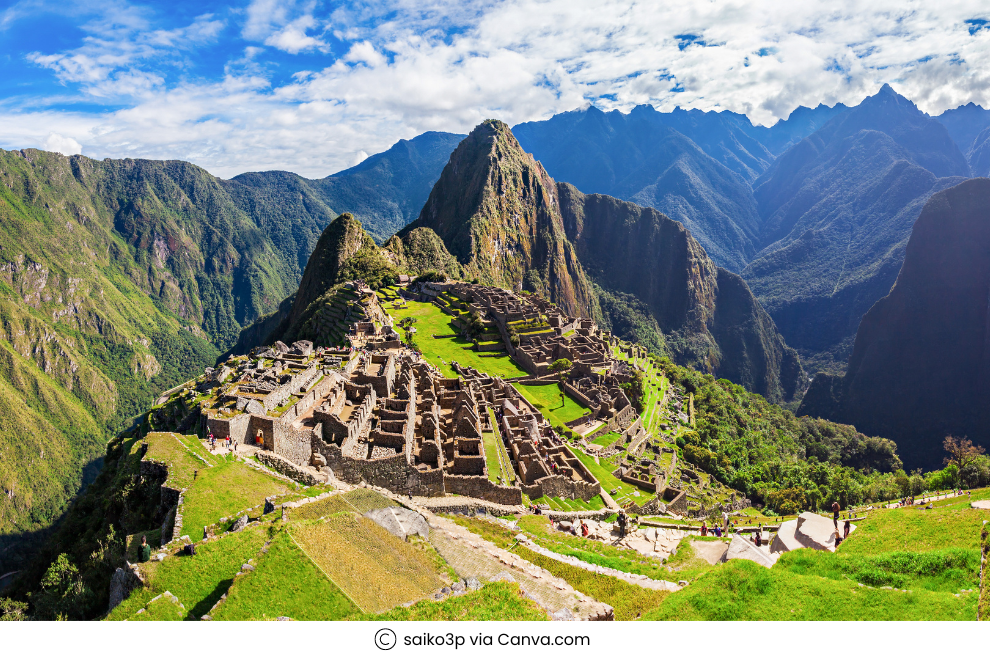
The Origin
The origin of this alluring destination is embedded in mystery and speculation. The Incas lacked written language, making historians and archeologists still wonder the true purpose behind this UNESCO World Heritage Site. Built in the 15th century during the height of the Inca Empire, speculation based on limited evidence is that this beauty has served as the religious and royal residence of the Inca emperor Pachacuti. Situated atop a mountain ridge at 2,430 meters above sea level, it then offered both defensive advantages and amazing panoramic views of the nearby valleys.
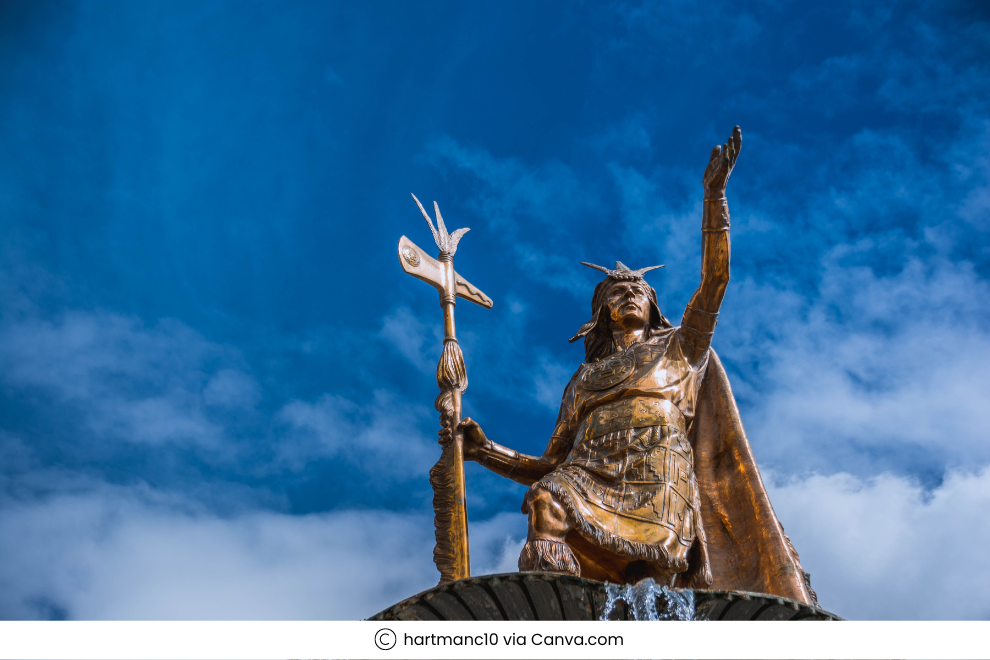
The Resurrection
The site’s remote location and overgrown vegetation had hidden this gem from the Spanish conquistadors and other foreign explorers. Much later in 1911, American Historian, Hiram Bingham rediscovered Machu Picchu, which brought global recognition to the site and was also listed as one of the seven wonders of the world in 2007. The land once home to thousands was resurrected and brought to light! Its well-preserved structures, including temples, terraces, and residential areas, offered invaluable insights into Inca architecture, engineering, and daily life.
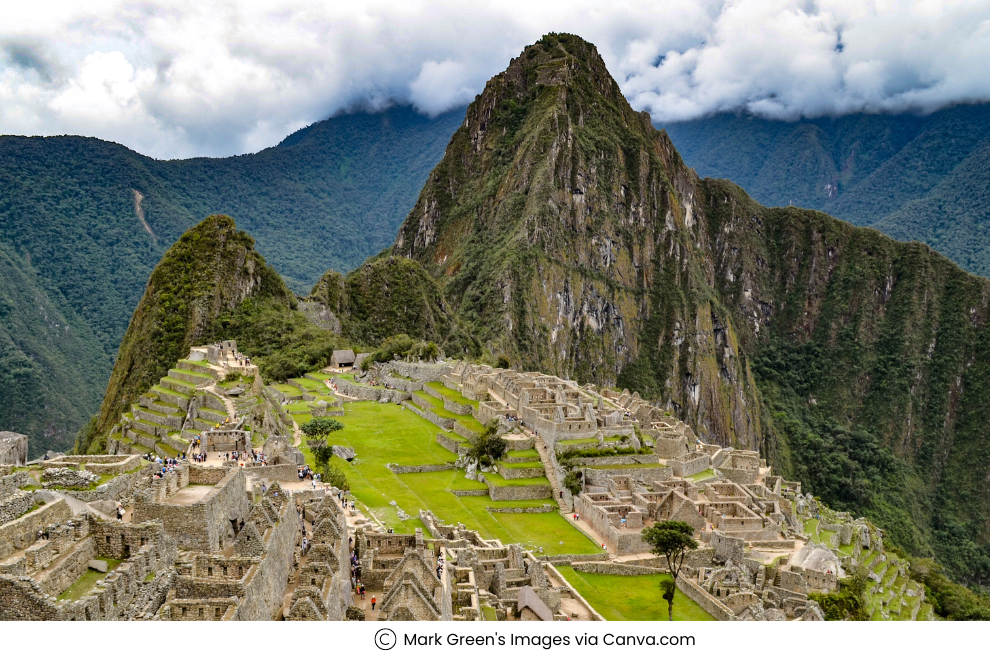
The Significance
Unlike many other ruins, the Machu Picchu holds profound spiritual and cultural significance for the descendants of the Inca civilization and indigenous communities in Peru. The site is believed to be a sacred place connected to the spiritual realms, with intricate stone structures aligning with celestial events such as solstices and equinoxes. Such factors make the journey to this citadel truly transformative and enlightening. A true opportunity to bond with nature and connect back to your inner self.
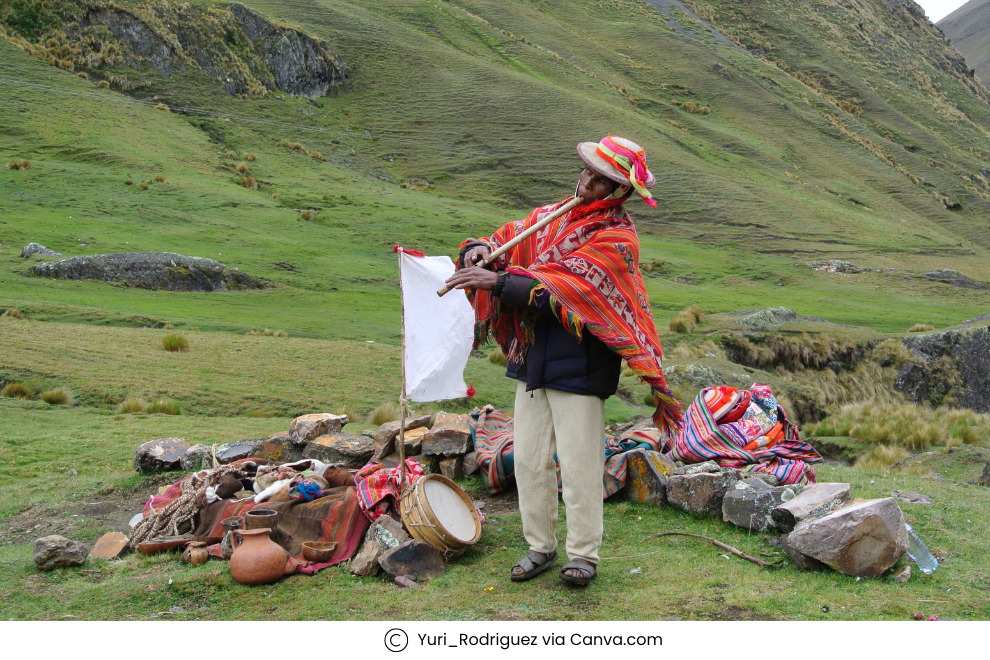
Rethinking Travel to Peru
With gained popularity came challenges to safeguard this historical site to its true form and maintain the ecosystem it demands. Increased foot traffic called for cultural preservation, appropriate waste management, and responsible tourism practices. The Peruvian government made it mandatory to have a registered guide accompany tourists to Machu Picchu, especially through the Inca Trail, and limited the footfall in each trekking trip.
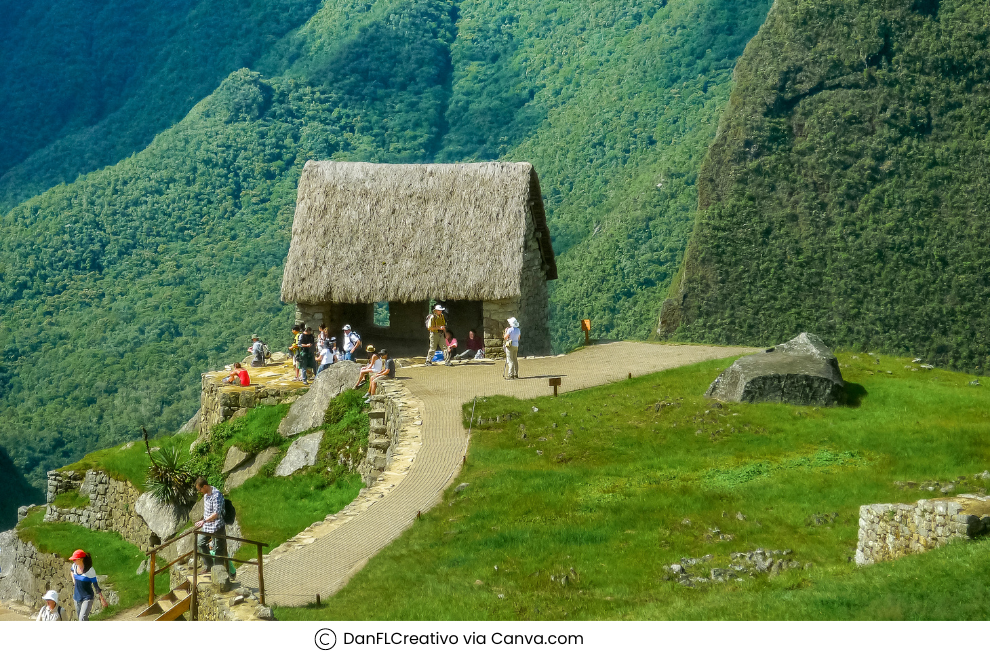
The Unknown
Peru has succeeded in maintaining their sites intact and attracting tourists from around the world with open arms! Some interesting facts about Machu Picchu makes it even more intriguing and a desirable destination!
- Every stone used in constructing this site was proportionally cut to fit each other and they fit so well that the Incas did not need mortar to keep the walls standing. It is one of the world’s best-preserved ancient sites, with about 60% of the ruins protected by vegetation.
- The ancient site is home to many llamas who have somehow picked up the habit of photobombing. Back in the days of the Incas, llamas were reared primarily for their wool and dung. They were also one of the few animals capable of living at higher altitudes.
- Machu Picchu helped the Incas practice astronomy. The Intihuatana Stone was used as a clock and helped the Incas know when to plant crops.
- Machu Picchu has appeared in several blockbusters, including “Secret of the Incas” and “The Motorcycle Diaries.”
Traveling to Peru surely calls for a visit to Machu Picchu, where you get to see the legacy of the indigenous tribes, hear the ancient stones speak stories of the Incas, and feel a connection with our past.
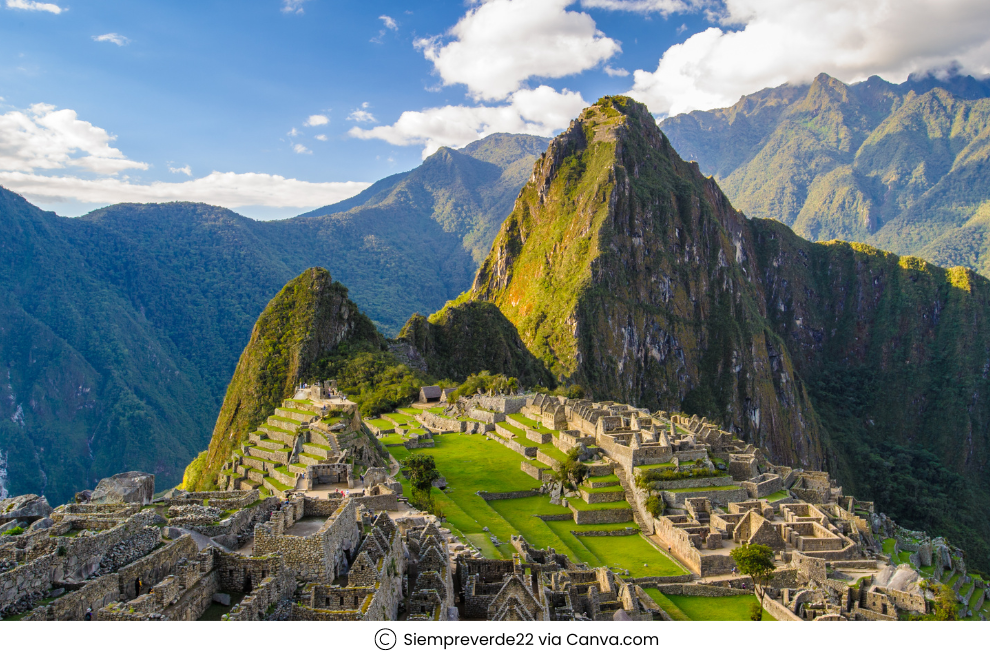
Ready to embark on your next adventure? Fill out the form below and let our experts curate your dream getaway!
All Fields are mandatory*-
Related Tours
-
Recent Blogs
